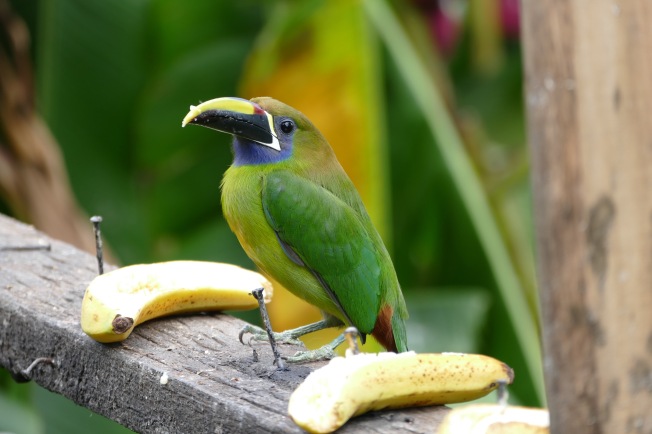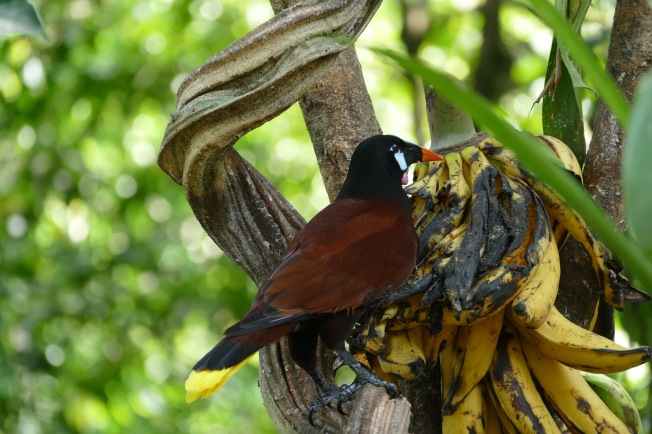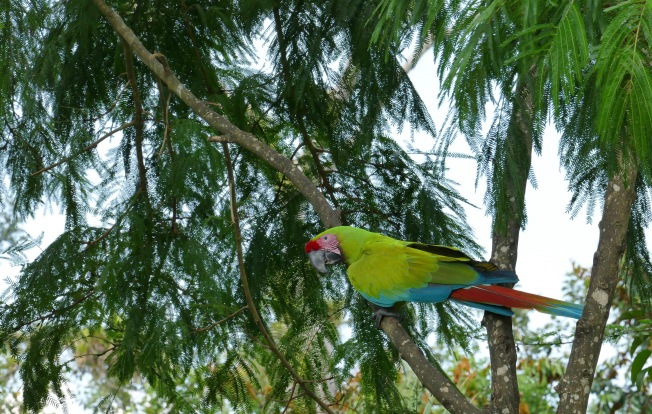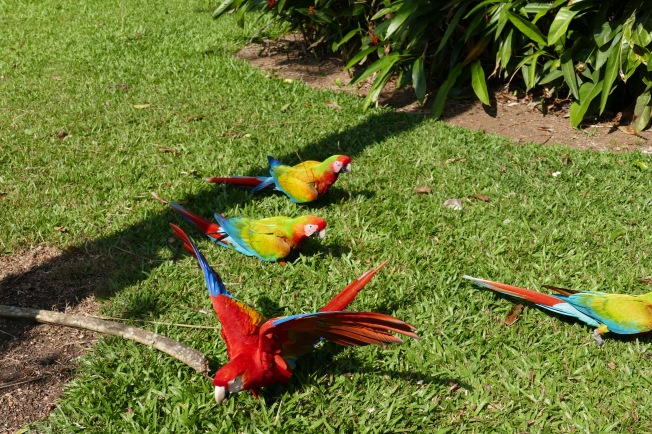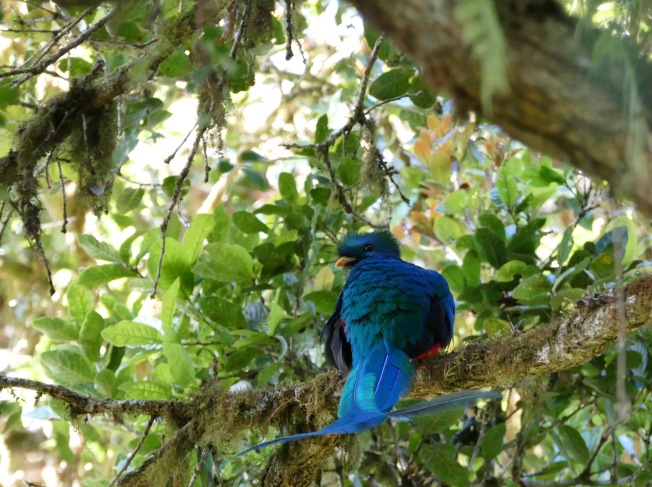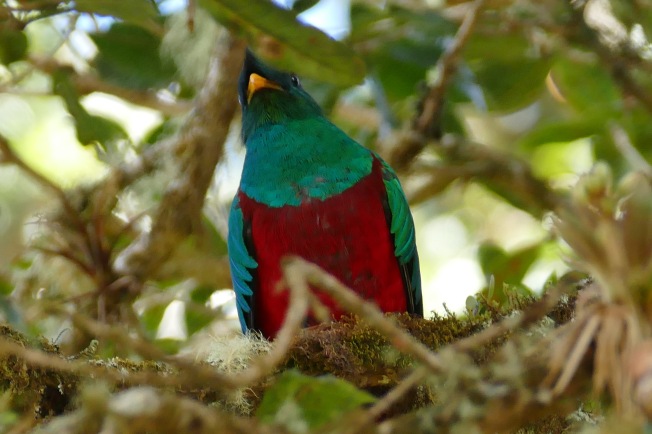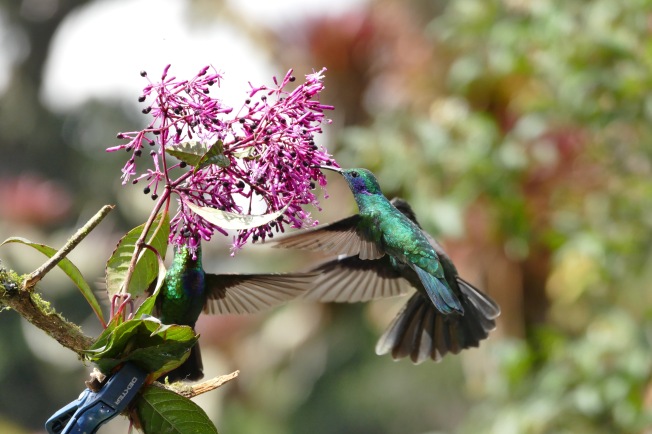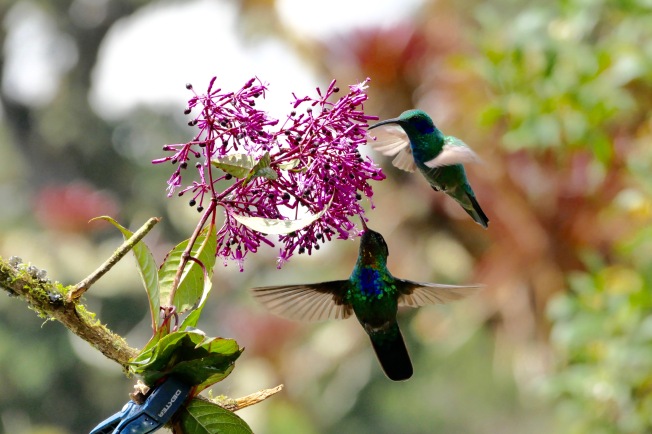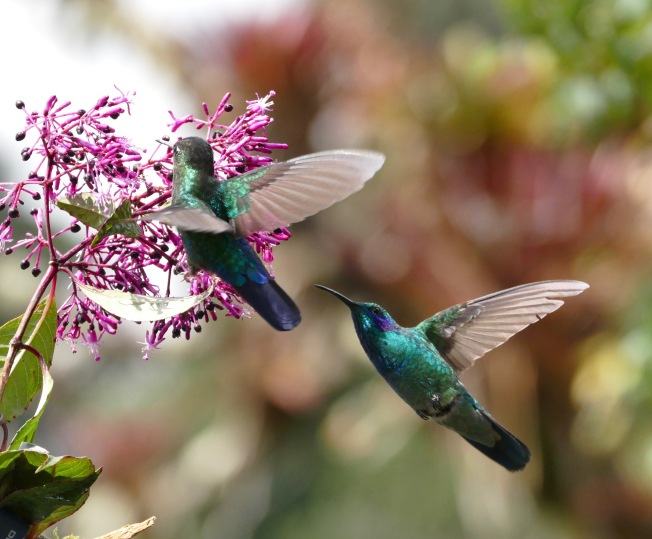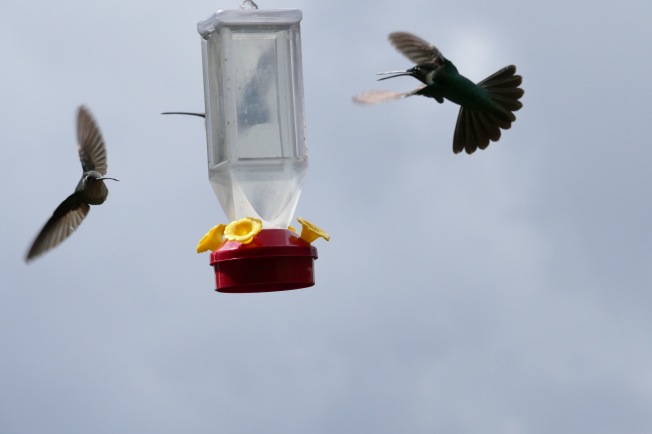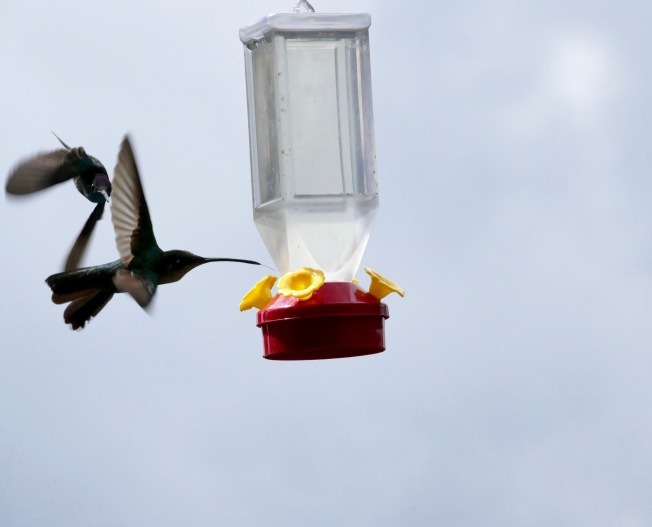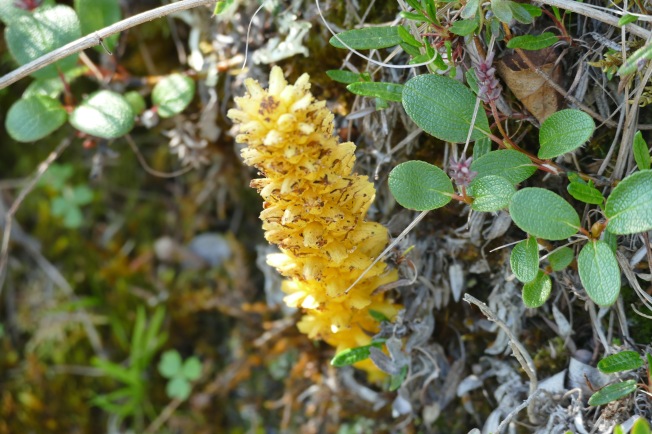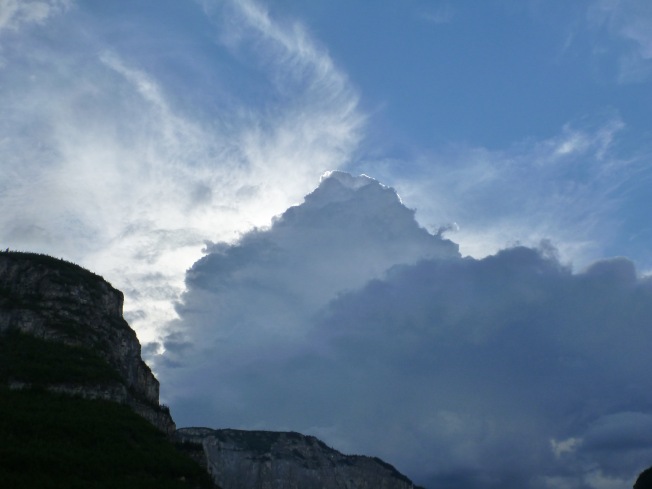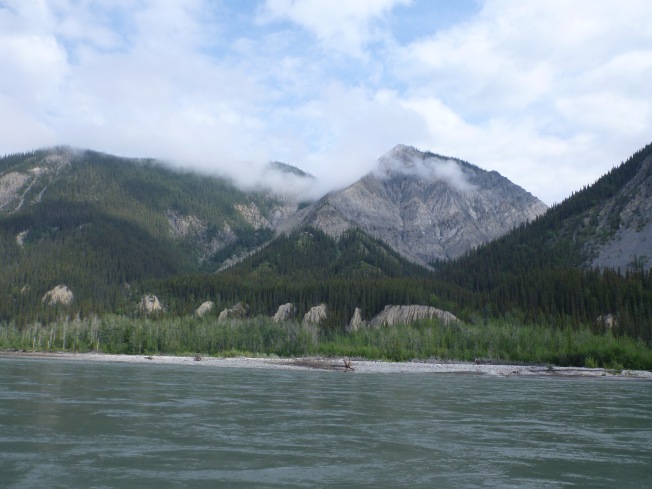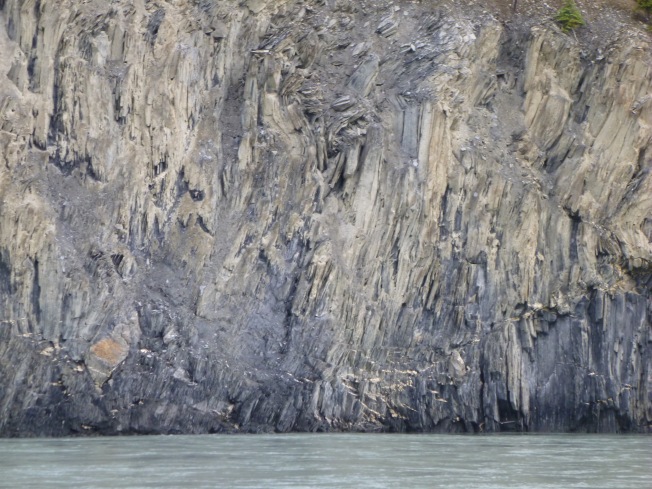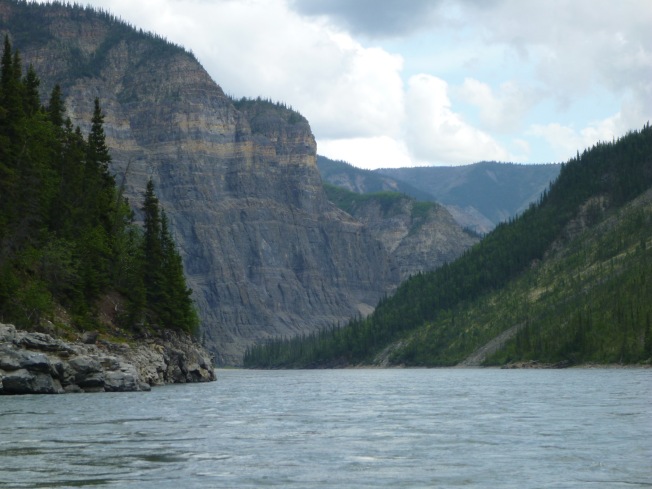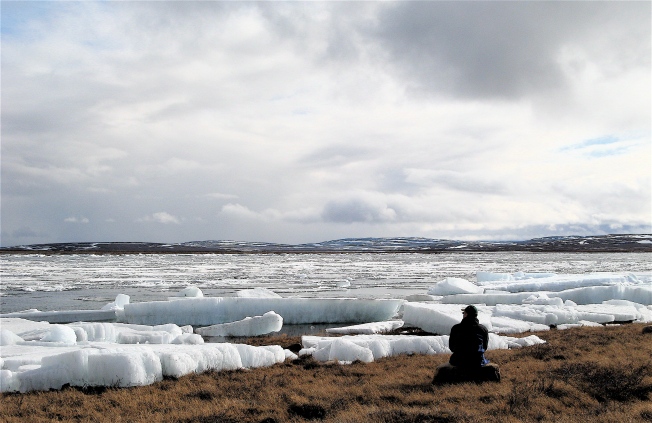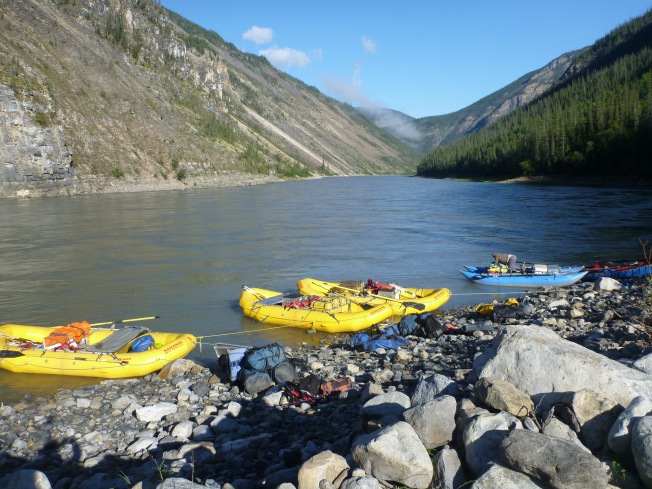
Morning at The Gate
We prepare to enter Second Canyon under a clear sky. A group of canoeists had shared our site. They had a blue raft to carry baggage.
Second Canyon is sheer rock cliffs that dwarf our rafts, but there are gentler areas as well.

Cliffs of Second Canyon

Time to lean back and let the beauty take over.
We stop for lunch at Painted Rocks Canyon. Time for a short hike. Or not.
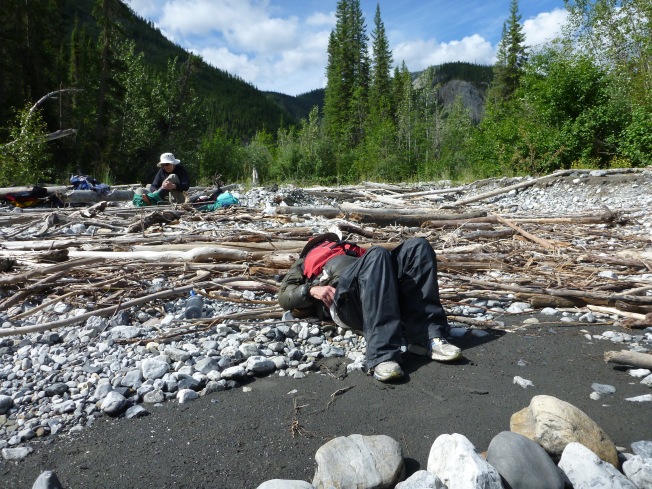
There are many ways to enjoy the river.
On past Headless Creek (ah, those wonderful Nahanni legends), Meilleur River, and Sheaf Creek, where R.M.Patterson built his cabin and spent the winter of 1929. If you haven’t read his book The Dangerous River, you’ve missed the best of Canadian nature writing.
We camped at Prairie Creek, a broad delta, flat and open, with nice tent sites. Next morning, I rose early, put the camera to work, and then sat down to describe the scene.

Early morning at Prairie Creek
Across the river, a dense lodgepole pine forest rises to rounded hills and behind them, the reddish brown mass of Tlogotcho Plateau. The wind and the river are quiet, the only sounds the chirping of birds, the soft talk of the guides preparing breakfast, and the ever-present whine of mosquitoes.

Prairie Creek camp
Shrubs, reeds or grass, shallow pools of still water, hard-packed damp sand, and beyond, a range of mountains.. Wispy clouds seem to promise a fair day, but on this river, sun and storm play hide and seek.

Sheltered tent site
To my right, a tent nestles among spindly poplars. It’s a perfect day for a nature hike, and we go in search of a wolf den. No luck with the wolves, but we see our first dall sheep. They’re too far away to photograph clearly, even with my 800mm digital lens. Predictably, storm clouds chase us back to camp.
The night was too warm for a good sleep, so I listened to the sprinkle of rain on the tent, one the most soothing sounds of camping. Mosquitoes bad in the morning. We load up and splash through George’s Riffle and into First Canyon.

George’s Riffle.
George Sibbeston was a trapper who capsized here. Our rafts scoffed at the tiny waves.
Bad weather came in quickly. What did First Canyon have in store for us?

Storm clouds
Next post: First Canyon and the end of our journey.


